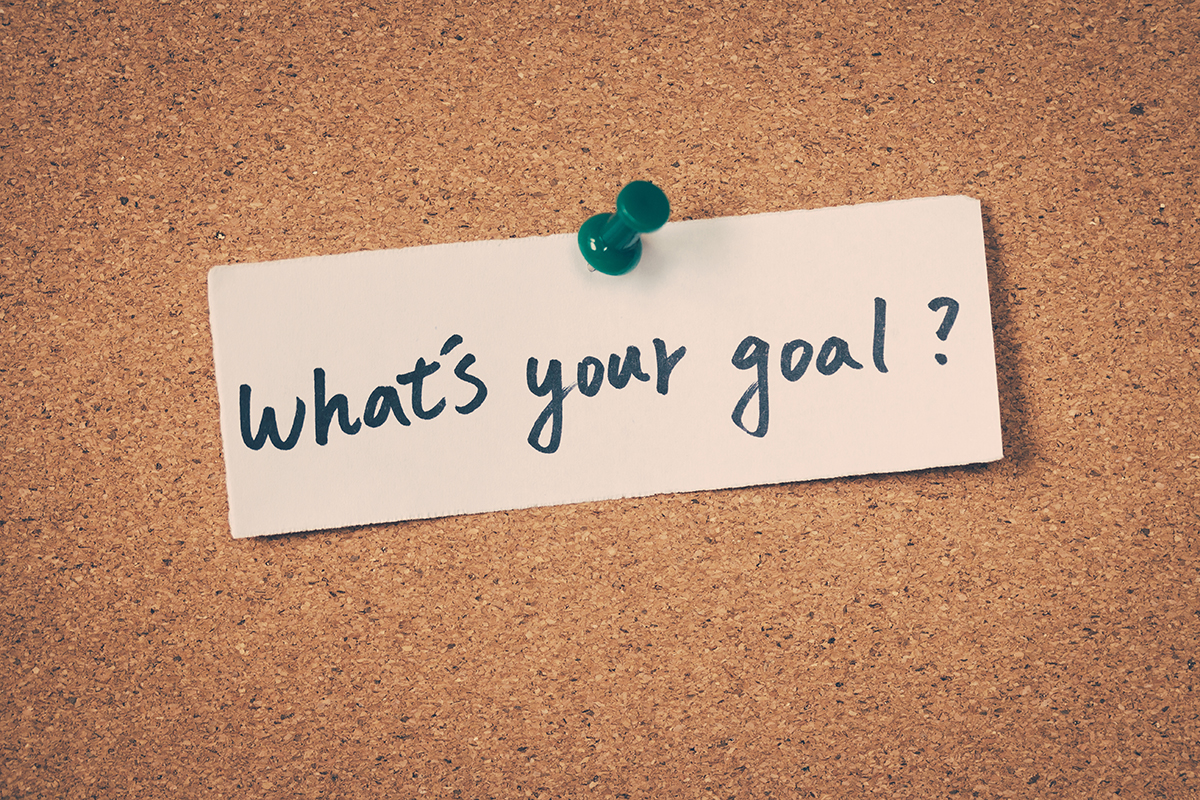Achieving Goals: 3 Tips for Planning and Accountability
Author: Lynn Kosinski
January 7, 2015

Achieving goals is a typical New Year’s resolution for many. However, despite our current resolve and determination, many of us struggle in achieving goals set, or we’ll stop working on them later in the year.
If we, as adults, have a hard time sticking to and achieving goals, how can we expect children to achieve goals in the school setting?
To answer this question, we turned to Longacre Elementary in Farmington, Michigan, and they shared with us three strategies they use in achieving goals.
Have a Goal-Setting Process
Fourth graders in Angie Ritenour’s class regularly set academic and personal goals. First, students establish a goal-setting process. Then, they develop a specific action plan to achieve it. After they complete their action plans, students ask a classmate to be their Accountability Partner. Accountability Partners meet regularly to talk about their goals, how close they are to achieving them, and what they have left to accomplish.
Achieving Goals Requires Following the Plan
Students at Longacre write their goals, but as mentioned above, they also write specific action plans to help them reach their goals. These plans include actions such as, “Practice multiplication facts daily using a computer game,” or “Use picture clues and initial sounds every time I get to an unknown word when I’m reading.”
Mahathi, a student in Ritenour’s class, said, “If you don’t have an action plan, you can’t reach your goal, because an action plan tells you how you’re going to reach your goal.”
Find Someone to Offer Support and Effective Feedback

To further ensure progress toward goals, students at Longacre offer and rely on support and feedback from their Accountability Partners. Students are taught three steps to give constructive feedback: (1) listen, (2) encourage, and (3) make a suggestion.
Mahathi shared how she and her Accountability Partner, Janie, give feedback to each other: “At the midpoint check-in, I come up with a way I can improve. Janie reads the midpoint suggestions I put down. Then she gives me another suggestion and writes it on my form. She writes more than ‘Great job.’ She gives a suggestion of what more I can do.”
Janie shared an example of effective feedback. “Wow, you are doing awesome! I have an idea for your action plan. You can try practicing four times a week instead of three to get better.”
Armed with the process of setting a specific goal, creating an action plan, and finding a supportive partner, students at Longacre are able to achieve their goals. Additionally, they are learning important executive functions such as planning and goal setting.
As you create and examine your goals for the new year, apply the strategies of planning and accountability in your personal goals. Then take it one step further and establish these practices with your staff and students.
Share Article on
Tags: classroom management, data driven performance, self-directed learning
